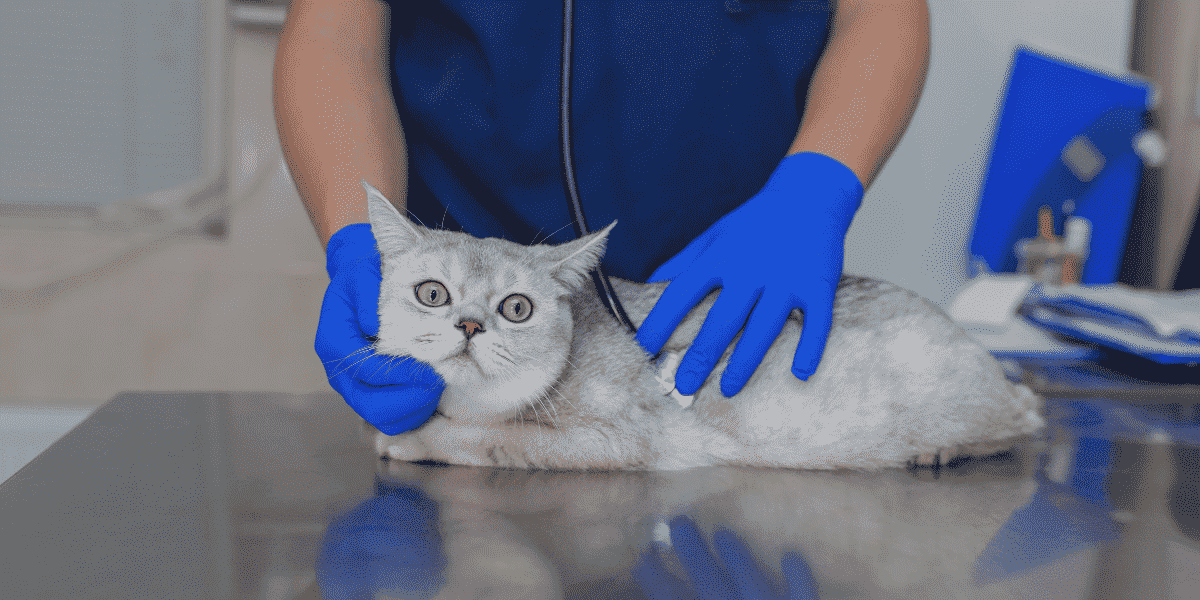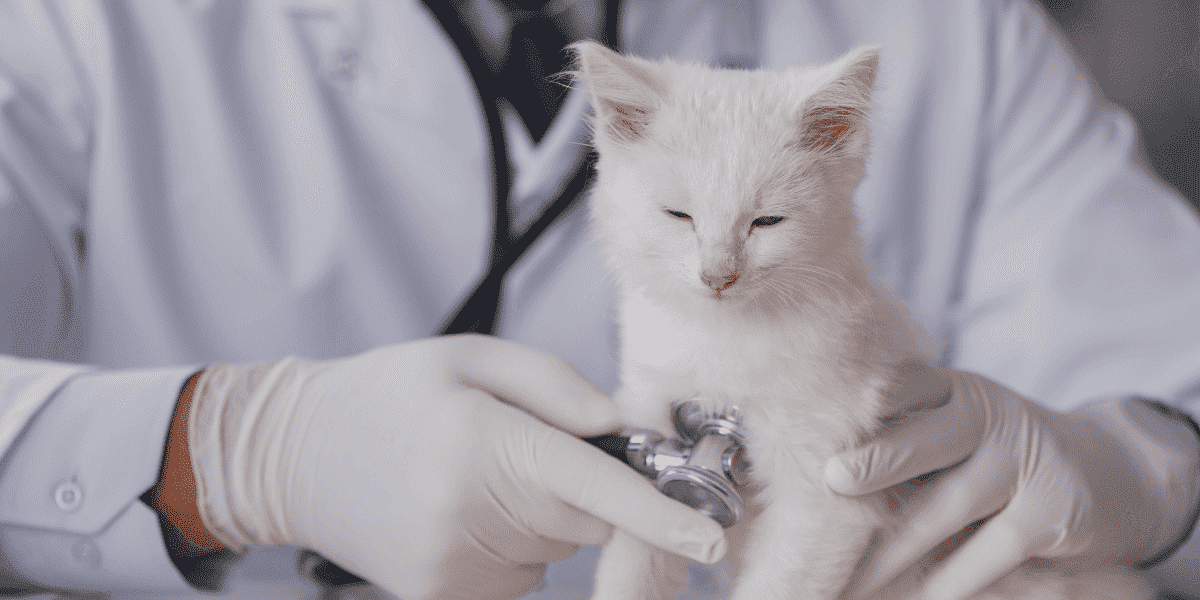Every cat owner knows that vet visits can be a daunting experience, both for cats and their owners. As much as we want to give our cats the best care, training a cat for vet visits can seem like an impossible task.
But there is hope! If you understand why it’s important to train your cat for vet visits and learn the right techniques, you can make vet visits a much more manageable experience for both you and your cat.
In this blog post, you’ll learn all you need to know about how to train a cat for vet visits – and why it’s so important to do so.
Read on and start the journey to better vet visits today!
Understanding the Source of Fear
Cats are Creatures of Habit: Cats thrive on routines. A sudden deviation from their normal environment, like a trip to the vet, can be unsettling.
This is why regular at-home training can make a significant difference.
Gradually expose your cat to different handling techniques, including gentle touching of paws and opening of the mouth. Reward your cat for positive behavior, creating positive associations.
The Fear of the Unknown: The unfamiliar sights, sounds, and smells of a veterinary clinic can be overwhelming for cats.
We recommend visiting the clinic occasionally when not for medical reasons, letting your cat explore the environment without any medical procedures. This helps in reducing the anxiety associated with the clinic.
The Power of Positive Reinforcement
Start Early: If you’re a new cat owner, start training your kitten for vet visits as early as possible. Kittens are more adaptable, and early exposure to different experiences can help them become more comfortable with them.
This includes handling, grooming, and even traveling in a carrier.
Reward-Based Training: Positive reinforcement is a powerful tool. Reward your cat with treats, affection, or playtime for cooperative behavior during training sessions.
Slowly increase the time and intensity of handling, making sure your cat associates these interactions with positive outcomes.
Getting Your Cat Used to the Carrier
Choose the Right Carrier: Select a sturdy, comfortable carrier that provides enough space for your cat to stand, turn around, and lie down.
Leave the carrier out in the open, making it a part of your cat’s everyday environment. Place a soft blanket and some familiar toys inside.
Gradual Familiarization: Encourage your cat to enter the carrier voluntarily. You can do this by placing treats inside or even feeding your cat inside the carrier.
Keep the door open initially and let your cat explore at its own pace. Over time, your cat will associate the carrier with positive experiences.

Desensitization to Handling
Start Small: Begin by touching your cat’s paws, ears, and mouth gently. Use treats and soothing words to keep your cat calm.
Slowly increase the duration of these handling sessions. Always stop if your cat becomes stressed, and never force any interactions.
Regular Grooming: Regular grooming sessions are not only essential for your cat’s hygiene but also provide excellent training opportunities.
Brush your cat’s fur, trim its nails, and clean its ears. This helps your cat get accustomed to being touched and handled.
Practice Makes Perfect
Regular Training Sessions: Consistency is key. Regular short training sessions are more effective than infrequent, long sessions. Keep the sessions positive and never punish your cat for not cooperating. Patience and positive reinforcement are your best allies.
Make It Fun: Incorporate play into your training sessions. Engage your cat with interactive toys that also simulate handling. This makes the training experience enjoyable for your cat.
The Vet Visit: Keeping It Calm
Choose the Right Vet: Look for a veterinary clinic that specializes in cat care or has a separate area for feline patients. A cat-friendly environment can make a huge difference in your cat’s experience.
Familiar Scents: Bring a blanket or towel from home, something with your scent and your cat’s scent. This familiar scent can provide comfort and reassurance during the vet visit.
You might find this article helpful on how to introduce your cat to a new environment.
Conclusion
As responsible cat owners, it’s our duty to ensure our feline friends’ well-being, and that includes making vet visits as stress-free as possible. With the right training and a gentle approach, you can help your cat overcome the fear and anxiety associated with vet visits.
Remember, patience and positive reinforcement are the keys to success. By implementing the techniques we’ve discussed, you’ll not only ease your cat’s stress but also strengthen the bond you share.

